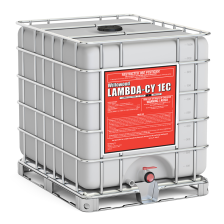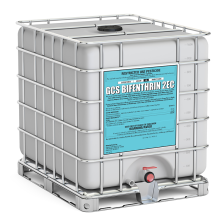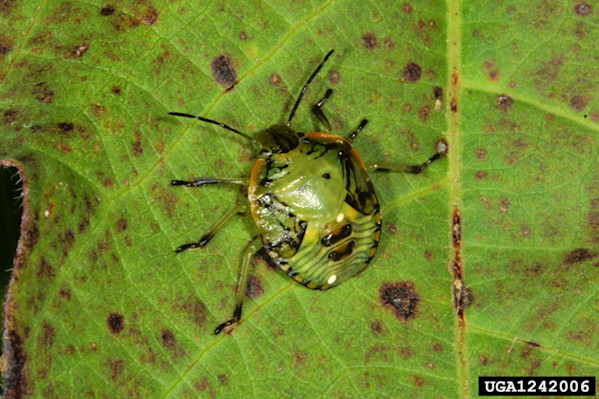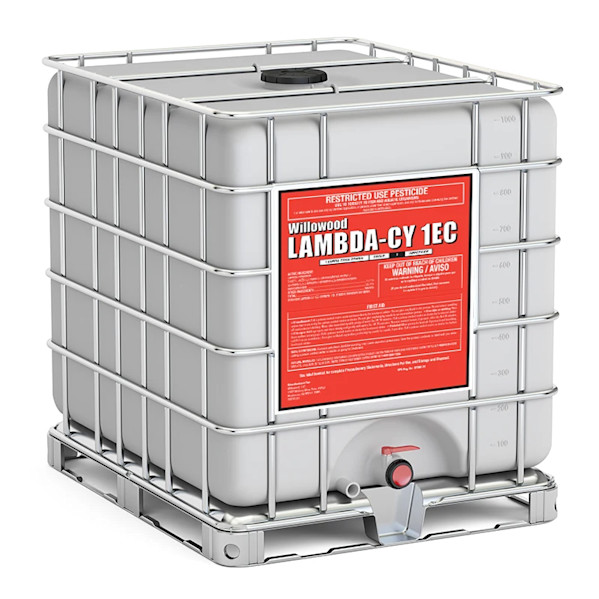© 2014 - 2024 Farmer's Business Network, Inc. All rights Reserved. The sprout logo, “Farmers Business Network”, “FBN”, “FBN Direct” are trademarks or registered trademarks of Farmer's Business Network, Inc. This content was written by Norm℠, reviewed and edited by Mikaela Tierney.
FBN Direct products and services and other products distributed by FBN Direct are offered by FBN Inputs, LLC and are available only in states where FBN Inputs, LLC is licensed and where those products are registered for sale or use, if applicable. If applicable, please check with your local extension service to ensure registration status. Nothing contained on this page, including the prices listed should be construed as an offer for sale, or a sale of products. All products and prices are subject to change at any time and without notice and excludes CA mills tax and MN ACRRA fees. Terms and conditions apply.
ALWAYS READ AND FOLLOW LABEL DIRECTIONS. It is a violation of federal and state law to use any pesticide product other than in accordance with its label. The distribution, sale and use of an unregistered pesticide is a violation of federal and/or state law and is strictly prohibited. We do not guarantee the accuracy of any information provided on this page or which is provided by us in any form. It is your responsibility to confirm prior to purchase and use that a product is labeled for your specific purposes, including, but not limited to, your target crop or pest and its compatibility with other products in a tank mix and that the usage of a product is otherwise consistent with federal, state and local laws. We reserve the right to restrict sales on a geographic basis in our sole discretion. You must have a valid applicator license to use restricted use pesticides. Please consult your state department of agriculture for complete rules and regulations on the use of restricted use pesticides, as some products require specific record-keeping requirements.
All product recommendations and other information provided is for informational purposes only. It is not intended to be a substitute for consulting the product label or for specific agronomic, business,or professional advice. Where specific advice is necessary or appropriate, consult with a qualified advisor. Neither Farmer's Business Network Inc. nor any of its affiliates makes any representations or warranties, express or implied, as to the accuracy or completeness of the statements or any information contained in the material and any liability therefore is expressly disclaimed.
*Willowood Lambda-Cy 1EC is a restricted use pesticide.
*GCS Bifenthrin 2EC is a restricted use pesticide.
*RESTRICTED USE PESTICIDE Due to acute toxicity. For retail sale to and use by certified applicators only – NOT to be used by uncertified persons working under the supervision of a certified applicator.




